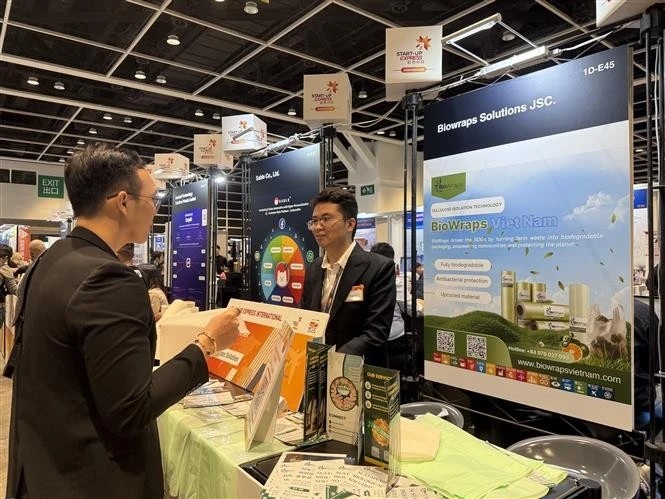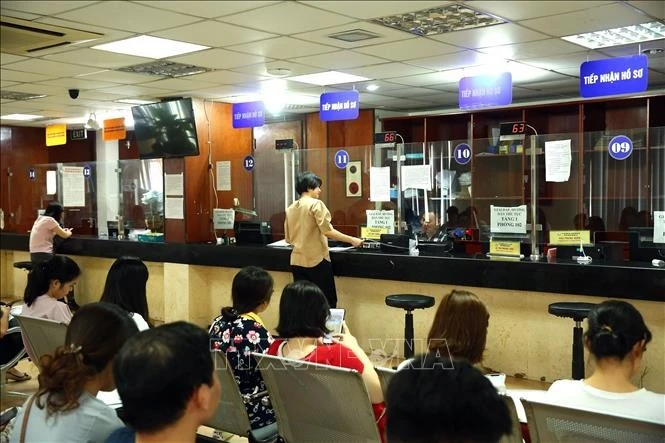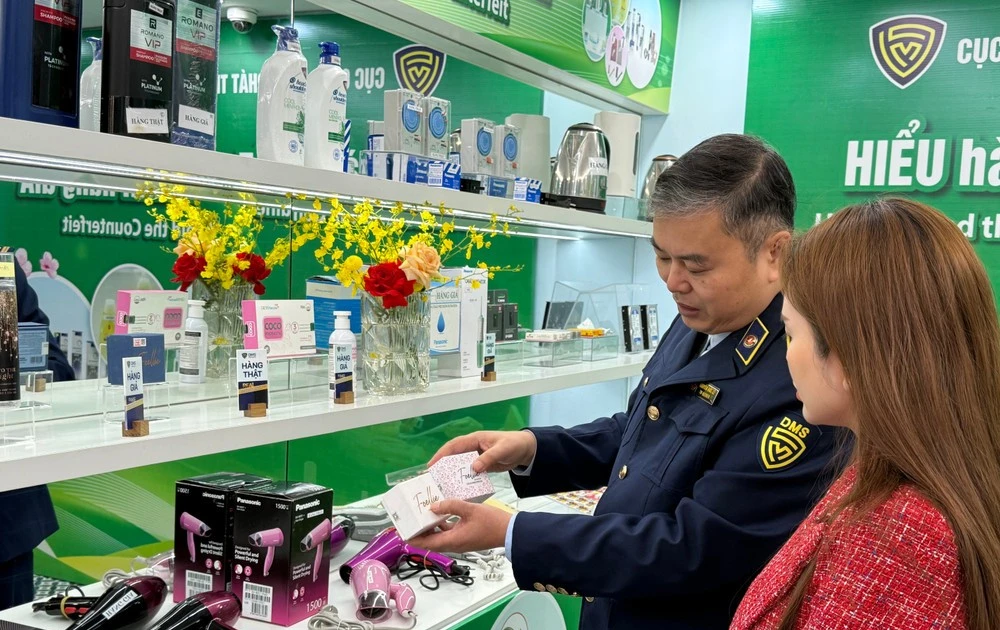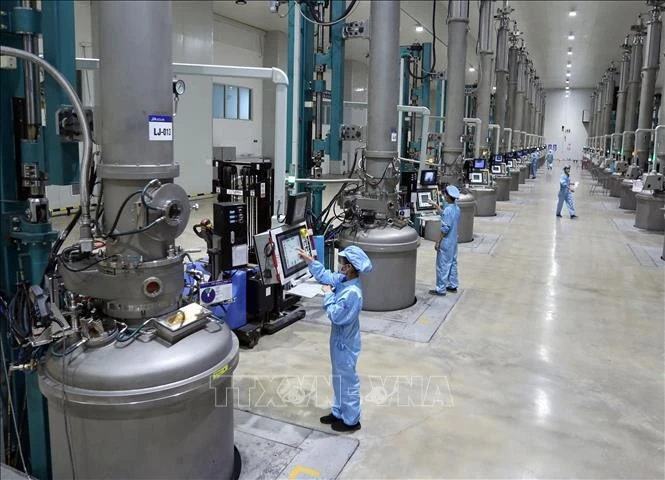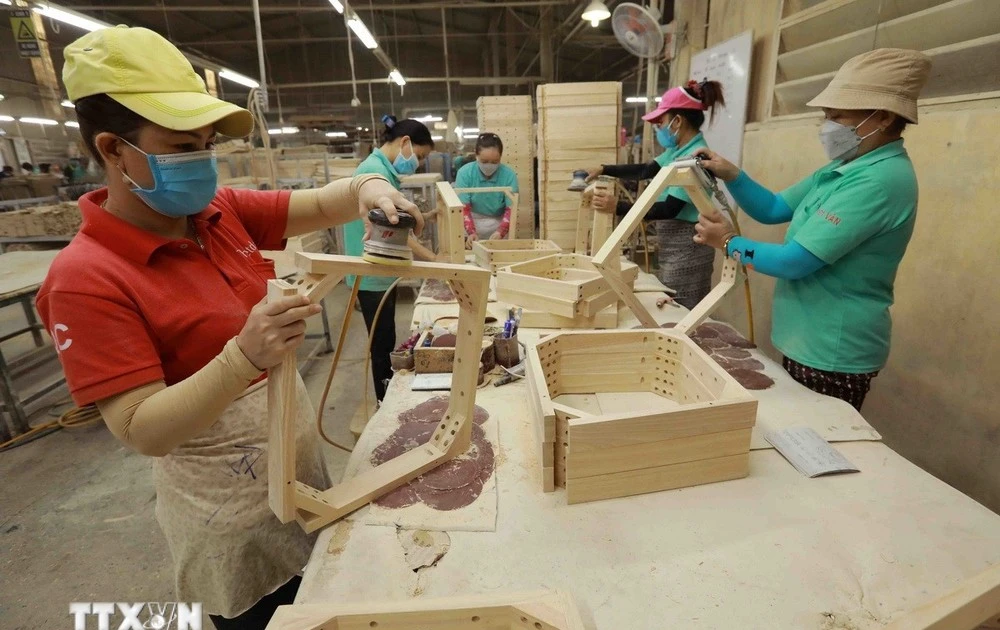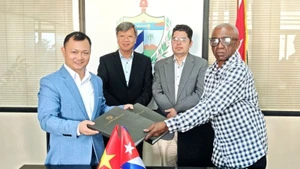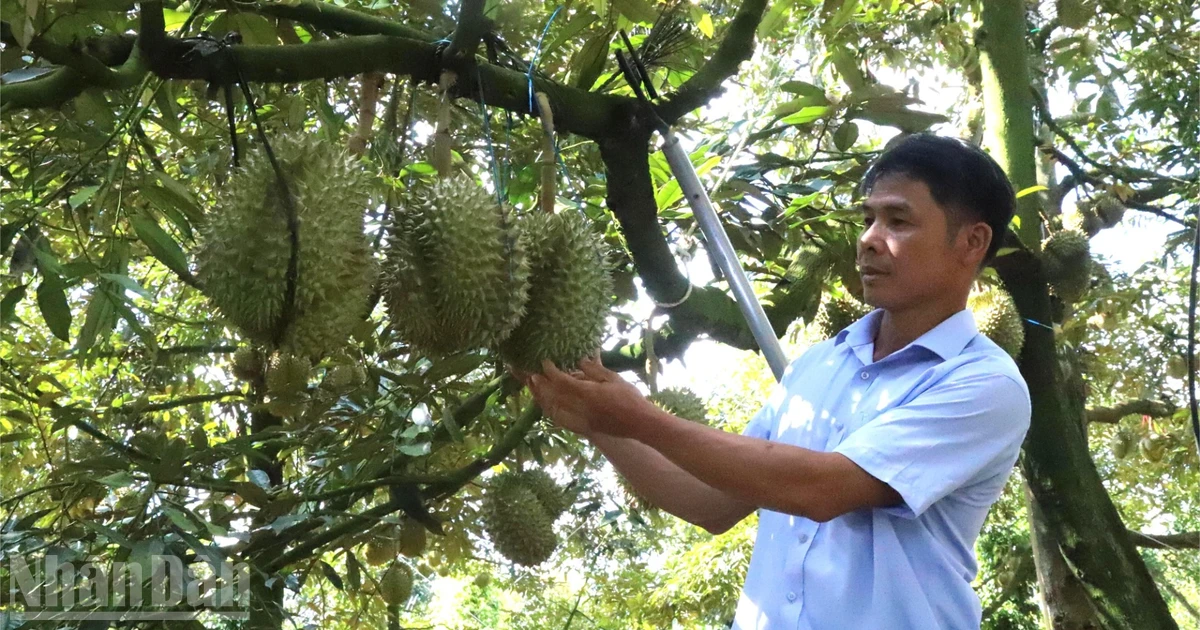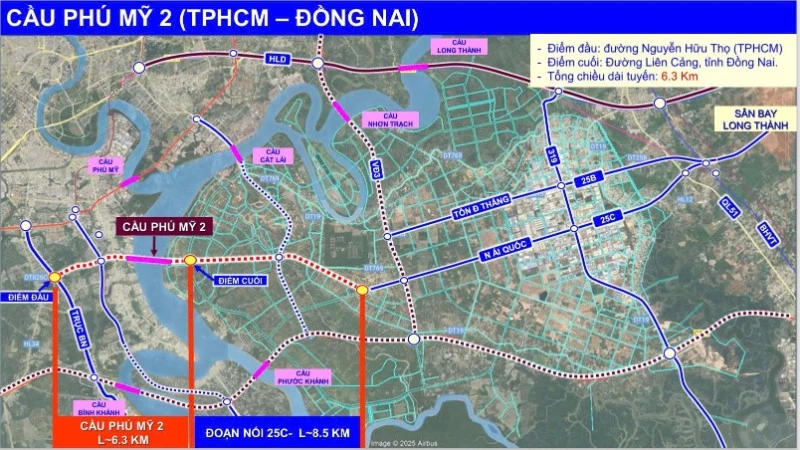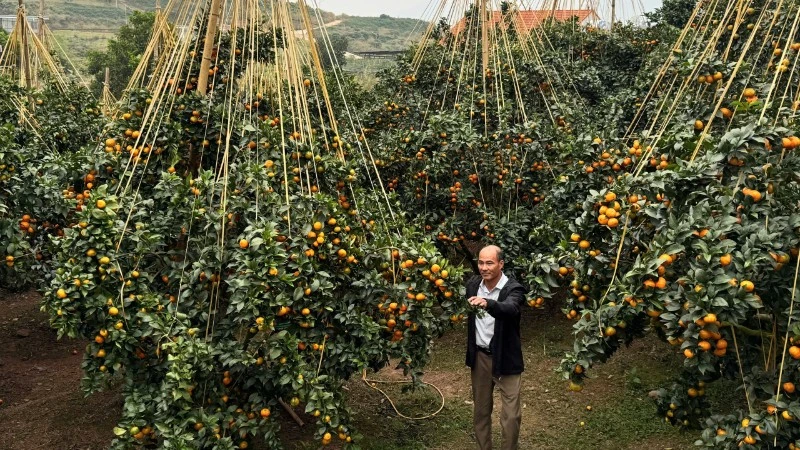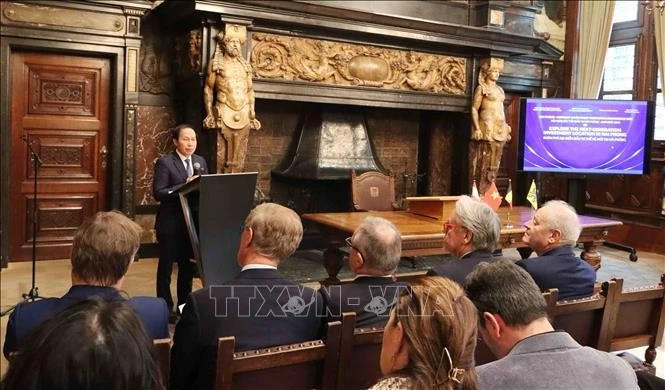That is the Ca Mau Gas-Power-Fertiliser Complex, a national key project developed by the Viet Nam National Industry - Energy Group (Petrovietnam), regarded as the “nucleus of economic development” and a major energy centre of the Mekong Delta.
Ca Mau’s economic engine
Since construction began in the early 2000s, the Ca Mau Gas-Power-Fertiliser Complex has not only supplied electricity and fertiliser for agricultural production but has also played a pivotal role in the province’s socio-economic growth. Statistics show that the complex has contributed more than 15 trillion VND (569.7 million USD) to the provincial budget, accounting for the largest share of Ca Mau’s total budget revenue for many consecutive years.
On average, annual budget revenue from the complex’s units, including Ca Mau Power Plants 1 and 2, Ca Mau Fertiliser Plant, and the PM3-CAA Gas System, reaches about 1.6 trillion VND, making it the economic engine that helps Ca Mau join the group of provinces able to balance their own budgets.
Beyond contributing to local revenue, the project has directly created thousands of stable jobs for local workers as well as highly skilled engineers from across the country. At the peak of construction, tens of thousands of workers participated in the project. To date, the teams of engineers and technicians from Ca Mau Fertiliser Corporation (PVCFC), PV Power Ca Mau, and PV Gas Ca Mau have become the key workforce, contributing to developing high-quality energy human resources in southern Viet Nam.
The Ca Mau Gas-Power-Fertiliser Complex is also where Petrovietnam has established a complete energy value chain: extraction, transportation, processing, and consumption. Gas from the PM3-CAA field is transported through a 325-kilometre pipeline to provide fuel for two power plants with a total capacity of 1,500 MW and the Ca Mau Fertiliser Plant with an annual capacity of 800,000 tonnes of urea. This closed production chain not only ensures a stable source of electricity and fertiliser for the Mekong Delta but also reflects Petrovietnam’s vision for integrated, circular, and sustainable development.

From a land that once relied on kerosene lamps and forest resources, Ca Mau has now become an industrial-energy hub of the southwest region, a fundamental transformation marked by Petrovietnam’s presence.
National Assembly Deputy Nguyen Duy Thanh noted that in the Mekong Delta, a dynamic economic region still facing challenges in infrastructure and resources, the presence of Petrovietnam, particularly the Ca Mau Gas-Power-Fertiliser Complex, has driven a profound shift in economic structure.
This industrial complex not only provides electricity, gas, and fertiliser for the region and the country but also fosters an ecosystem of services, logistics and supporting industries, generating thousands of stable jobs for local residents. Thanks to it, technical infrastructure, transport and urban development in Ca Mau have grown rapidly, and the people’s living standards have markedly improved.
“More importantly, Petrovietnam has helped Ca Mau and the Mekong Delta enter a new phase of modern industrial-energy development, transforming what was once a land of rice, shrimp and fish into a new growth pole of the southwest. The combination of gas extraction and processing, power generation, and fertiliser production has created a closed value chain, improving agricultural productivity and added value across the region,” said Thanh.
From an energy complex to an eco-energy hub
As the country moves into the phase of energy transition and green development, Petrovietnam and the Ca Mau authorities have joined efforts to develop the Ca Mau Gas-Power-Fertiliser Complex into the southernmost region’s industrial and eco-energy hub.
At working sessions between Petrovietnam’s leadership and the Ca Mau People’s Committee, a clear orientation was set out: building on the existing gas-power-fertiliser foundation, the industrial-energy space will be expanded towards ecological and green production. Petrovietnam has assigned its member units to study the development of port, storage, and integrated energy-industrial infrastructure, while preparing conditions for projects such as liquefied natural gas (LNG) power generation, green chemical production, and environmentally friendly fertilisers.
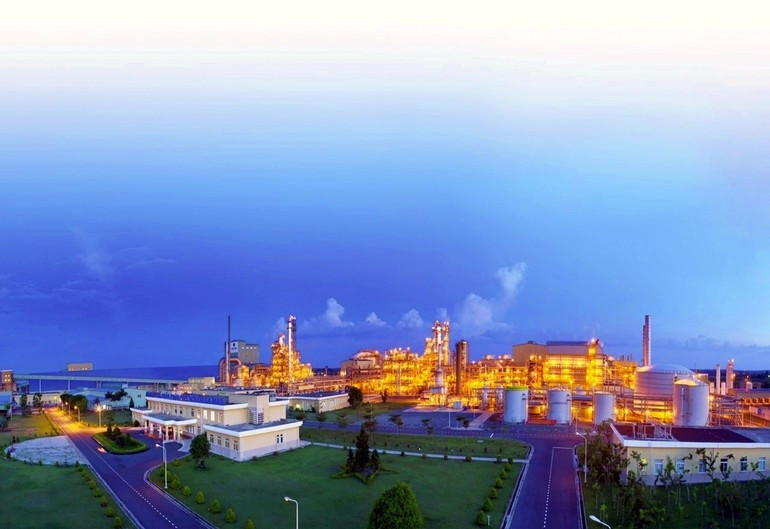
In parallel, Petrovietnam and the local authorities have agreed on a regional energy spatial plan for Ca Mau, connecting it with transport routes, seaports, the Khanh An Industrial Park, Hon Khoai Port, and the Mekong Delta logistics centre. These investments not only facilitate the transport of materials and products but also form a large-scale “energy-port-industrial ecosystem”, laying the groundwork for Ca Mau’s rapid growth.
The highlight of this new direction is the eco-industrial model: reusing heat, gas, and by-products from the power and fertiliser plants to generate renewable energy or feedstock for other industries; cutting carbon dioxide emissions and moving towards carbon neutrality. The Ca Mau Fertiliser Plant has taken the lead with its bio-enhanced urea product that reduces greenhouse gas emissions, while implementing forest restoration and habitat recovery projects in U Minh Ha in collaboration with scientific and environmental organisations, aiming for sustainable development.
Aligning national strategy with local benefit
The development path of the Ca Mau Gas-Power-Fertiliser Complex not only carries regional significance but also aligns with the national energy strategy. In the revised Power Development Plan VIII and the energy transition strategy to 2050, the southernmost region has been identified as a development hub for gas, LNG and renewable energy, with a role in international connectivity and electricity supply for the entire southern region.
With its experience and capacity as the country’s leading energy corporation, Petrovietnam serves as the nucleus for implementing this goal. LNG projects, new gas-fired power plants, the expansion of the Ca Mau Fertiliser Plant, and the eco-energy centre are all aligned with the development of seaport infrastructure and the Khanh An Energy Industrial Park, forming an integrated energy-industry-service value chain.
For Ca Mau, this is a strategic transformation: from an agricultural province, it is evolving into an energy province with modern technical infrastructure, attracting high-tech, green energy, and new-material industries. Petrovietnam’s presence not only stabilises the economy but also spreads a new development model based on technology, high-quality human resources, and environmental protection.
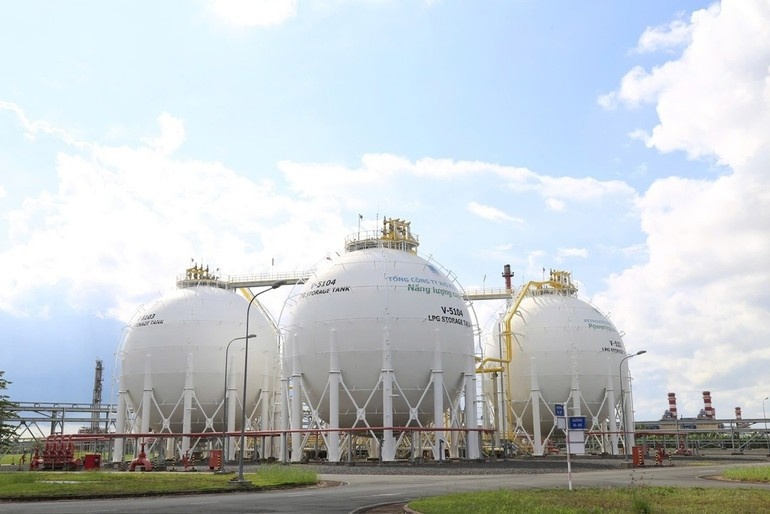
The nucleus of development in the southernmost region
According to Thanh, the Ca Mau Gas-Power-Fertiliser Complex not only supplies energy and essential materials for the economy but also serves as a growth engine for the entire Mekong Delta. From a once purely agricultural land with limited infrastructure, Ca Mau has risen to become a strategic national industrial-energy centre, laying the foundation for new energy projects such as the Ca Mau 3 LNG power plant, moving towards a green and sustainable transition.
The Ca Mau Gas-Power-Fertiliser Complex represents not only economic significance but also the sound vision of the Party, the State, and Petrovietnam in laying the foundation of industry for the southwest region and stands as a source of pride for the people of the country’s southernmost land.
Two decades ago, few could have imagined that amid the U Minh forest, once lit only by charcoal stoves and kerosene lamps, there would now shine the gas flares and a modern industrial complex of regional stature. The Ca Mau Gas-Power-Fertiliser Complex is not merely an engineering project; it is a symbol of the Vietnamese people’s aspiration to master, create, and conquer energy.
From the “industrial breath of U Minh forest”, Ca Mau has truly entered the industrial-energy era, where Petrovietnam is both investor and pioneer. As the “eco-industrial-energy centre” strategy becomes reality, the Ca Mau Cape region will continue its new journey - greener, more sustainable, harmonising nature and industry, linking local and national development.

